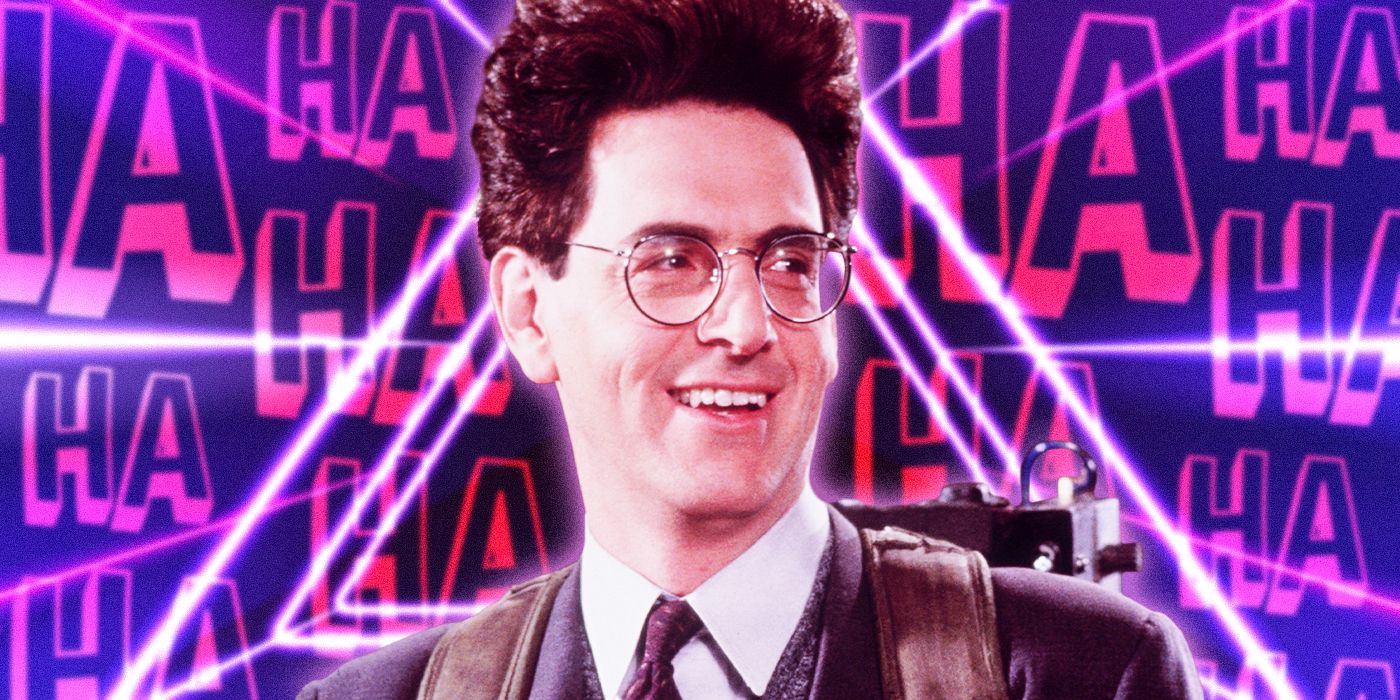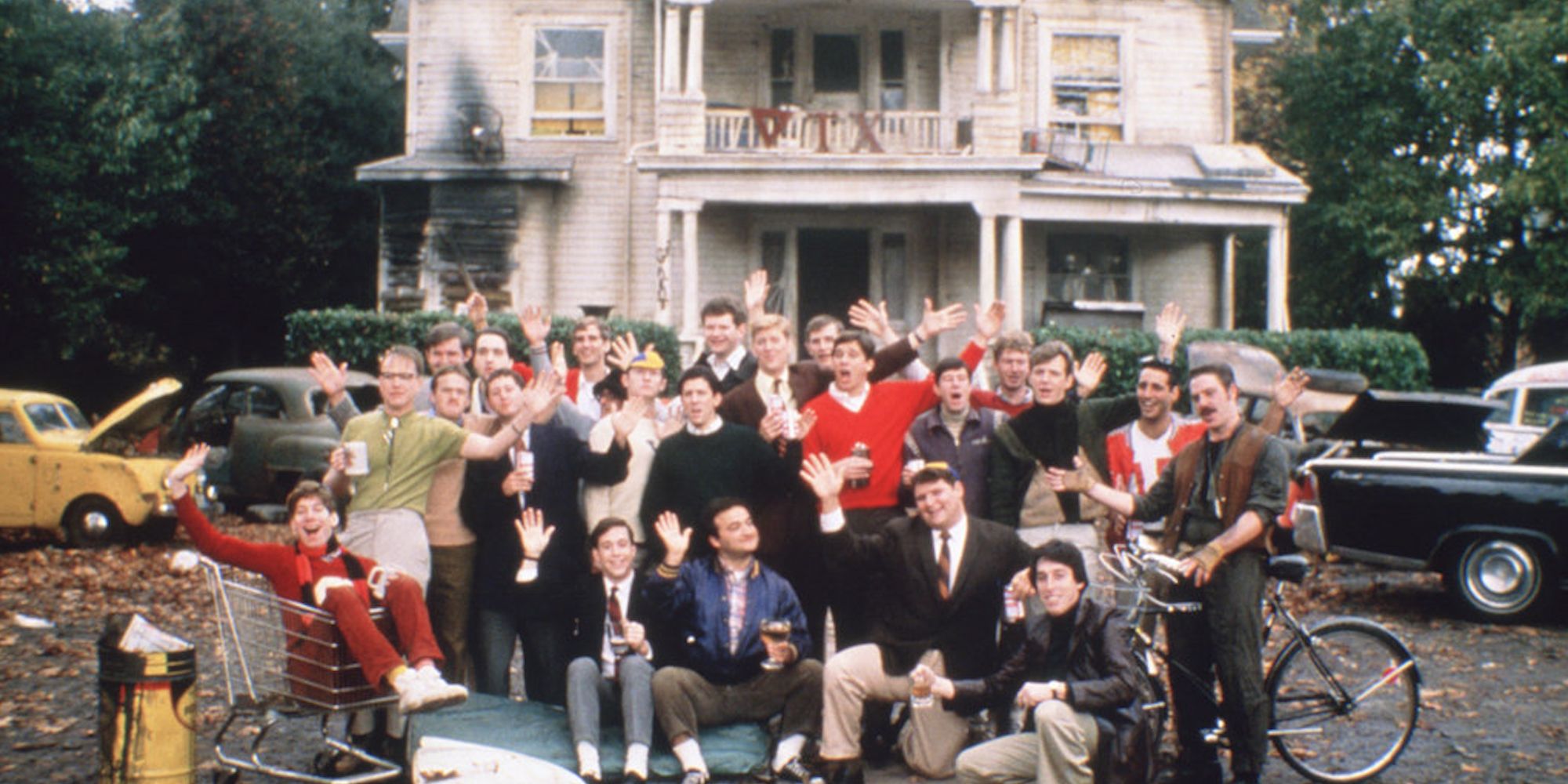The 1980s was one of the most influential periods in the history of modern American comedy thanks in large part to artists like Harold Ramis. The initial days of Saturday Night Live launched many of the most dominant comedy stars of the era, including Bill Murray, Chevy Chase, Dan Aykroyd, Eddie Murphy, and John Belushi, who all would go on to find equal success in film. Although it was exciting to see so many great and diverse comic voices announcing themselves, there needed to be someone there to make something out of the chaos. This is why Harold Ramis is perhaps the most important figure of the era; he was an essential collaborator who improved the talents of everyone around him, and brought different talented people together to create a multitude of classics.
Unlike many of his frequent co-stars, Harold Ramis didn’t get his start on Saturday Night Live, as he instead cut his teeth on The National Lampoon Radio Hour before becoming a writer on Second City Television. However, Ramis’ close association with the SNL gang helped launched him as one of the funniest and most valued supporting actors in the 1980s; while his name may not have always been on the top of the poster, Ramis often added a contrasting comedic perspective than some of the more dominant personalities he appeared alongside. Ramis wasn’t trying to be a “scene-stealer,” and his more subtle comic work helped add dimension to the films that he appeared in.
Considering the good will Ramis had received from those he worked alongside, it wasn’t surprising that he was tasked with uniting various co-stars together to create something coherent. Caddyshack, National Lampoon’s Vacation, Stripes, and Ghostbusters could have been complete disasters without him, but Ramis was able to find a narrative whilst also promoting an environment of experimentation and spontaneity. Without him, these films might have been a collection of great jokes without a singular vision; it’s because of Harold Ramis that they’re renowned as classics to this day.
Harold Ramis Was a Voice Behind-the-Scenes
Harold Ramis first began writing films in the late 1970s with Meatballs and Animal House; while both films had their fair share of chaos, Ramis co-wrote a story that would explain why the events were so haphazard. Given the unexpected nature of summer camp and college partying, it made sense that both the plot and the production of these films would be a bit of organized chaos. However, it wasn’t until the 1980s that these films started to have a voice of their own and develop a real identity beyond simply being a collection of jokes. Unsurprisingly, this is the time in which Ramis started working as a director.
As best chronicled in Chris Nashawaty’s nonfiction novel Caddyshack: The Making of a Hollywood Cinderella Story, the filming of the iconic 1980 comedy film was no less chaotic than the events onscreen. However, Ramis found the message beneath the madness; the film was about outsiders rebelling against the system, and it felt like he and his collaborators were launching a rebellion of their own against the traditional rules of filmmaking. It’s because of Ramis that Caddyshack is an act of defiance against authority, an inspiring coming-of-age love story, a genuinely great sports adventure, and a unification of multiple generations all at once.
Similarly, Harold Ramis’ work writing Stripes gave the film a more dynamic perspective, inserting genuine satire about the military into an otherwise silly movie. While Stripes may not have been seen as incendiary at the time, having a film mock American militarism at the dawn of the Reagan era was quite impactful. Ramis also had a great empathy within himself in looking for stars of different generations; with Back to School, he helped initiate a new stage in Rodney Dangerfield’s career by casting him alongside younger stars.
Harold Ramis Turned His Attention to Creating Franchises
While it's National Lampoon’s Christmas Vacation that’s often cited as the classic of its franchise, it wouldn’t have been possible without the template that the original 1983 Vacation film created. Ramis somehow managed to reinvent the “road trip family comedy” in an exciting way, creating the iconic characters of the Griswolds and their never ending holiday catastrophes. The film appeals to members of each generation; it features some truly raunchy sexual jokes, but retains a good amount of heartfelt familial bonding that made the characters more relatable.
It’s no surprise that Ramis’ most iconic role to date is in Ghostbusters. Egon is a terrific character in his own right, as unlike Venkman and Ray, he actually seems like he could be a legitimate scientist and researcher. There’s just enough clever scientific mumbo jumbo to make Ghostbusters work as a great adventure film and a hilarious comedy, and that is all thanks to Ramis’ pitch-perfect screenplay. He’s arguably the reason that you can rewatch Ghostbusters again and again, noticing new jokes each time.
Harold Ramis Chronicaled Humanity's Raunchiness
Harold Ramis was certainly not the only comic mind of his generation who was pushing the boundaries of what was socially acceptable on screen; the outrageous sexual content in Animal House and Eddie Murphy’s incendiary comic routines signified that audiences could accept more graphic and potentially controversial material. Yet, the moments that audiences remember from many of these films are due to Ramis’ poignant writing and directing; whether it's the scenes of the Griswolds bonding in Vacation, the growth of father-son respect in Back to School, or the new heroes celebrating their victory in Stripes, Ramis ensured that these films emphasized the power of community.
When Ramis’ essence was revitalized for a cameo appearance in Ghostbusters: Afterlife, it sparked an emotional reaction within audiences. While Ramis had passed on, he had left a legacy of encouragement that allowed a new generation to fall in love with his material. While Ray and Venkman had been fan-favorite characters and it was certainly exciting to see them getting back into their old banter, Egon defined the intent and the legacy of Ghostbusters; similarly, Ramis may not have been the most outrageous cast member within this wave of comedy, but he was most certainly the heart of the movement. Ramis understood that a little bit of compassion and earnestness can make us laugh even harder.



